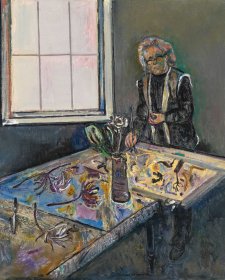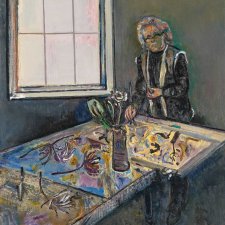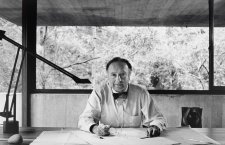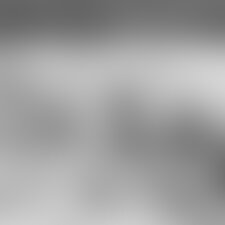In this book ‘Australia and New Zealand’ published by Life World Library, there are two colour pictures of Aboriginal children at Ernabella mission station. These children are of the Pitjantjatjara tribe and they have blond hair which tends to grow out in adolescence. And one afternoon we went out with about thirty of these children into the hills nearby, and as soon as we got there, the children virtually disappeared into the landscape, because they’re so sympathetic – their forms and their colouring is so sympathetic to the rocks and the earth – that you could hardly see the children in the landscape. The picture on page 114 tends to show this; the children are searching for rabbits and lizards and things in these marvellous rock forms.
I found that these children [were] totally delightful, totally unsophisticated of course, genuine, happy, really beautiful kids. The light, of course, in this situation of photographing these children, was superb, it was bright low sun, and this accentuated this quality of fairness of hair that the children have, and the hair is very similar in colour and texture and the look of it in the picture, to the spinifex bushes which dot the landscape across the country there. But I find that whatever the light is, as a professional photographer you have to make it work for you one way or the other. There are certain things you would rather wait for and you have time to wait for, but very often the pressures are such that you just have to take it some way with what you’re given, and make it work. And it’s incredible how many times this can be done. I think that there was no problem in photographing these children – the light was superb – but to photograph them against the light so that the light is in fact coming through their hair, gives the hair more luminosity, more life, more movement.













